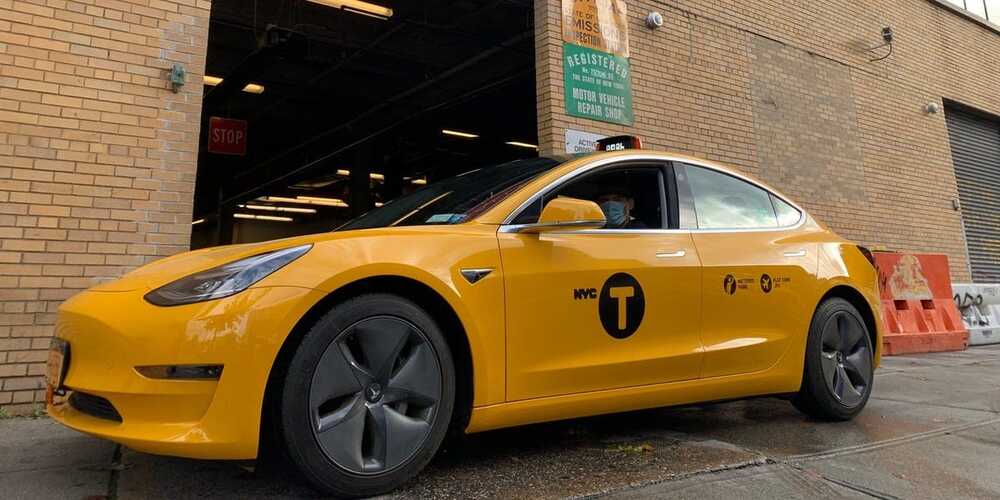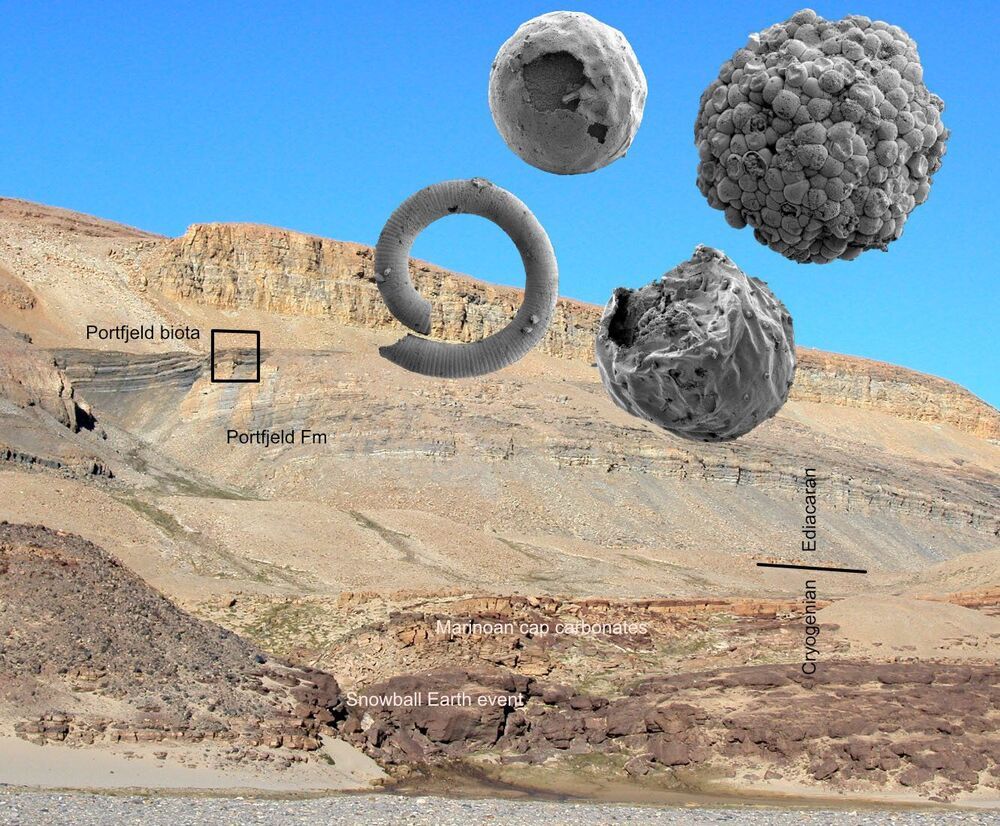The fast food chain is radically rethinking what the Golden Arches experience looks like, from a new loyalty program to more high-tech drive-thrus.



Gonzalez thinks that Tesla taxis could help reinvigorate the city’s yellow-cab industry, which has taken a major hit from ride-hailing services like Uber, Via, and Lyft. He also predicts that the city could, for sustainability reasons, start mandating electric cabs, so he’s looking to get ahead of the curve, even if the commercial charging infrastructure isn’t quite there yet.
Drive Sally plans to bring hundreds of Teslas to New York’s streets in the near future, but for now, the company is still working out the kinks. Gonzalez suspects that the EVs may be better suited for for-hire “black cars” than yellow cabs, and he also said that the more-spacious Model Y would likely work better as a cab than the Model 3, but they’re still too expensive.

A different demonstration by the CAEIT shows the drones being launched from a helicopter.
“They’re still in the early development stage and the technical problems are yet to be resolved,” an insider from the People’s Liberation Army told SCMP. “One of the key concerns is the communications system and how to stop it from getting jammed.”
Experts are worried that drone swarms could be used to confuse and overwhelm air defense systems by quickly being able to approach them from multiple angles.
Host Mark Sackler and panelists discuss the challenges of getting governments and the public on board with one of the basic principles of longevity research: that the cause of all chronic diseases of aging is aging itself.

Three-dimensional (3D) nanostructured materials—those with complex shapes at a size scale of billionths of a meter—that can conduct electricity without resistance could be used in a range of quantum devices. For example, such 3D superconducting nanostructures could find application in signal amplifiers to enhance the speed and accuracy of quantum computers and ultrasensitive magnetic field sensors for medical imaging and subsurface geology mapping. However, traditional fabrication tools such as lithography have been limited to 1-D and 2-D nanostructures like superconducting wires and thin films.
Now, scientists from the U.S. Department of Energy’s (DOE) Brookhaven National Laboratory, Columbia University, and Bar-Ilan University in Israel have developed a platform for making 3D superconducting nano-architectures with a prescribed organization. As reported in the Nov. 10 issue of Nature Communications, this platform is based on the self-assembly of DNA into desired 3D shapes at the nanoscale. In DNA self-assembly, a single long strand of DNA is folded by shorter complementary “staple” strands at specific locations—similar to origami, the Japanese art of paper folding.
“Because of its structural programmability, DNA can provide an assembly platform for building designed nanostructures,” said co-corresponding author Oleg Gang, leader of the Soft and Bio Nanomaterials Group at Brookhaven Lab’s Center for Functional Nanomaterials (CFN) and a professor of chemical engineering and of applied physics and materials science at Columbia Engineering. “However, the fragility of DNA makes it seem unsuitable for functional device fabrication and nanomanufacturing that requires inorganic materials. In this study, we showed how DNA can serve as a scaffold for building 3D nanoscale architectures that can be fully “converted” into inorganic materials like superconductors.”

The year is coming to a close and it’s safe to say Elon Musk’s prediction that his company would field one million “robotaxis” by the end of 2020 isn’t going to come true. In fact, so far, Tesla’s managed to produce exactly zero self-driving vehicles. And we can probably call off the singularity too. GPT-3 has been impressive, but the closer machines get to aping human language the easier it is to see just how far away from us they really are.
So where does that leave us, ultimately, when it comes to the future of AI? That depends on your outlook. Media hype and big tech’s advertising machine has set us up for heartbreak when we compare the reality in 2020 to our 2016-era dreams of fully autonomous flying cars and hyper-personalized digital assistants capable of managing the workload of our lives.
But, if you’re gauging the future of AI from a strictly financial, marketplace point of view, there’s an entirely different outlook to consider. American rock band Timbuk 3 put it best when they sang “the future’s so bright, I gotta wear shades.”

When and how did the first animals appear? Science has long sought an answer to this question. Uppsala University researchers and colleagues in Denmark have now jointly found, in Greenland, embryo-like microfossils up to 570 million years old, revealing that organisms of this type were dispersed throughout the world. The study is published in Communications Biology.
“We believe this discovery of ours improves our scope for understanding the period in Earth’s history when animals first appeared—and is likely to prompt many interesting discussions,” says Sebastian Willman, the study’s first author and a palaeontologist at Uppsala University.
The existence of animals on Earth around 540 million years ago (mya) is well substantiated. This was when the event in evolution known as the “Cambrian Explosion” took place. Fossils from a huge number of creatures from the Cambrian period, many of them shelled, exist. The first animals must have evolved earlier still; but there are divergent views in the research community on whether the extant fossils dating back to the Precambrian Era are genuinely classifiable as animals.
Peter and Dan continue their conversation about the Abundance Platinum Longevity trip, where Peter and a select group of entrepreneurs, executives and investors spent five days learning from the top longevity and immunology experts in two of California’s top biotech hubs.
To hear past episodes: http://podcast.diamandis.com or Subscribe on Apple Podcasts: https://podcasts.apple.com/us/podcast/exponential-wisdom/id1001794471
Subscribe on Spotify: https://open.spotify.com/show/4kndtSutHbCBQNaDmdV1fU